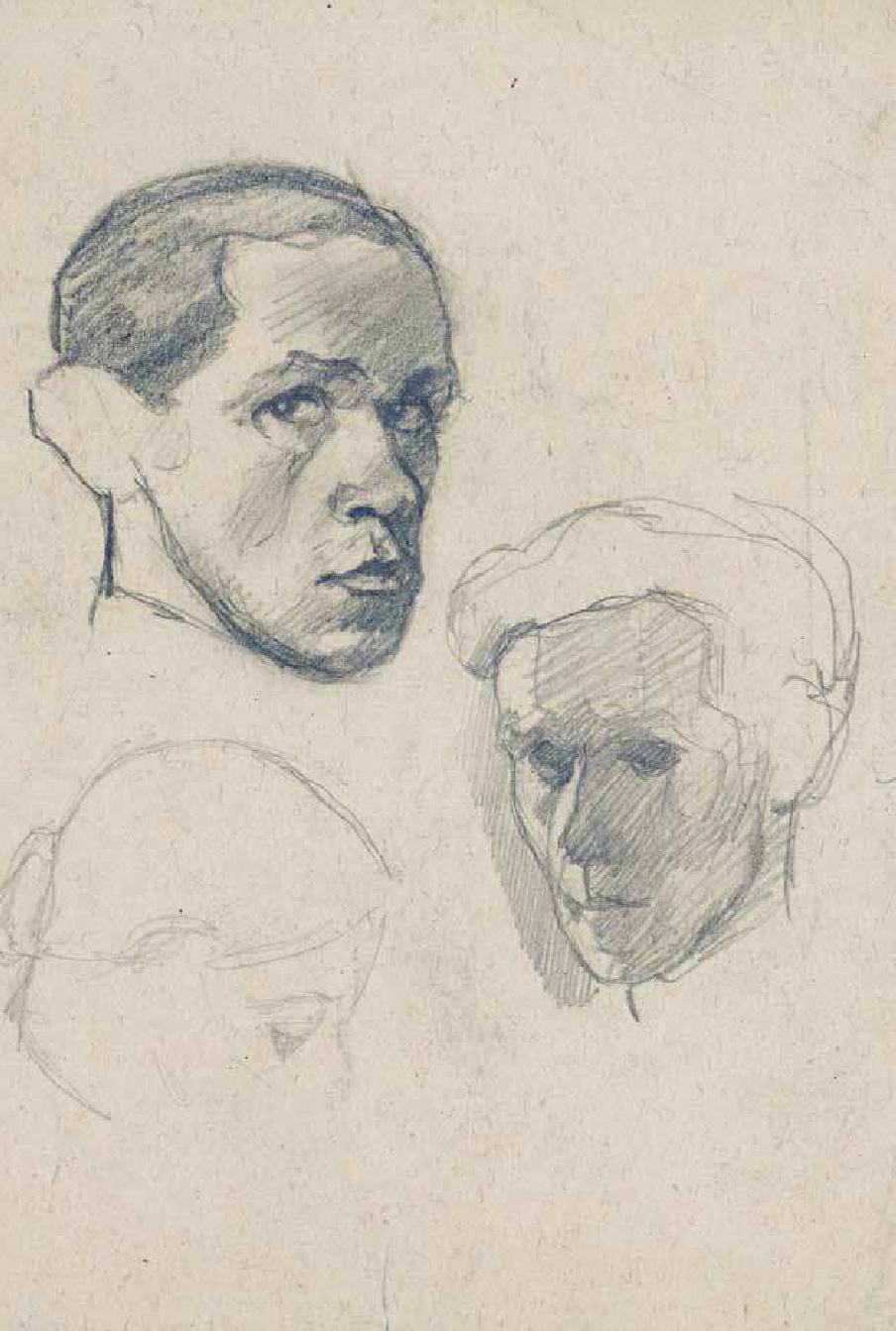Schulz w kilku tropach
DOI:
https://doi.org/10.26881/sf.2017.09.04Abstrakt
Schulz’s fiction is methodologically as radical as writing on the boundary of the conscious and the unconscious can be. But does it make sense to talk about Schulz’s methodology? If the answer is yes, one may use for that purpose such concepts as metaphor, analogy, logos, oxymoron, and metamorphosis. They may help us discover the logic of Schulz’s stories, which is logic in a broad sense of the term, more the movement of the logos than a theory of making statements. The concepts mentioned above are not labels: they describe elegant and impressive ways of escaping from reason, taken with its help. All this can be etymologically motivated: the ancient Greek concept of logos refers to reason, speech, and discourse. It is ambiguous since the root verb légein means (1) to connect, to bring together; (2) to select, to calculate.
Downloads
Bibliografia
Berman Marshall. 1983. All That Is Solid Melts into Air: The Experience of Mmodernity. New York: Verso.
Didi-Huberman Georges. 1993. Le cube et le visage: autour d’une sculpture d’Alberto Giacometti. Paris: Macula.
Fattal Michel. 1987. Pour un nouveau langage de la raison: convergences entre l’Orient et l’Occident. Paris: Beauchesene Éditeur.
Gay Peter. 2008. Modernism: The Lure of Heresy: From Baudelaire to Beckett and Beyond. New York – London: W.W. Norton and Co.
Greenhalgh Paul. 2005. The Modern Ideal: The Rise and Collapse of Idealism in the Visual Arts: From Enlightment to postmodernism. London: Victoria & Albert Museum.
Nycz Ryszard (red.). Odkrywanie modernizmu. Przekłady i komentarze. Kraków: Universitas.
Rougé Bertrand et Isabelle Thomas-Fogiel (éd.). 2013. Oxymores. L’université de Pau et des pays de l’Adour.
Ruby Christian. 2016. Les antimodernes: des modernes comme les autres? www.nonfiction.fr/article-8459-les_antimodernes_des_modernes_comme_les_autres.htm
Schulz Bruno. 2010. Sklepy cynamonowe, Sanatorium pod Klepsydrą. Kraków: Zielona Sowa.

 Uniwersyteckie Czasopisma Naukowe
Uniwersyteckie Czasopisma Naukowe





